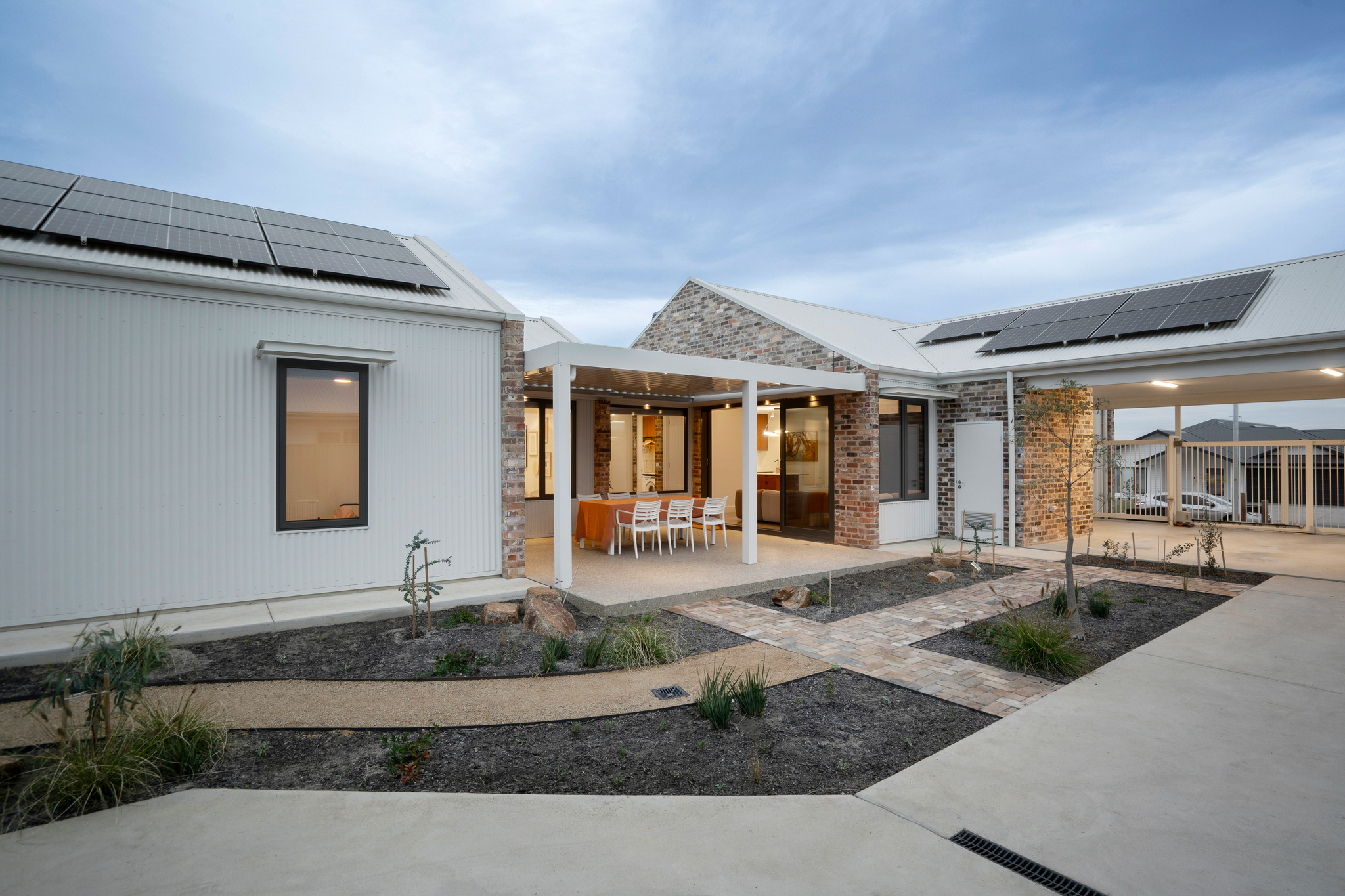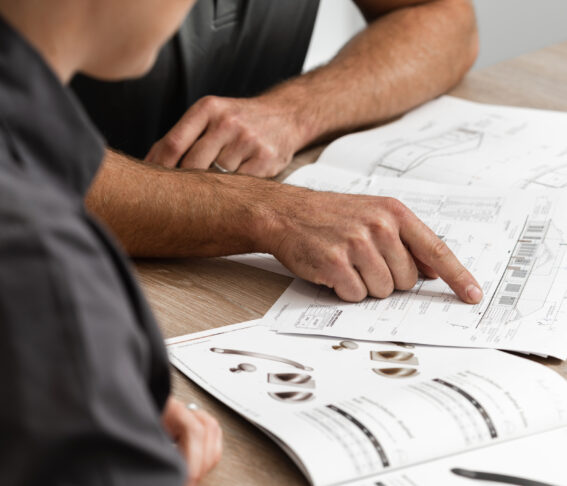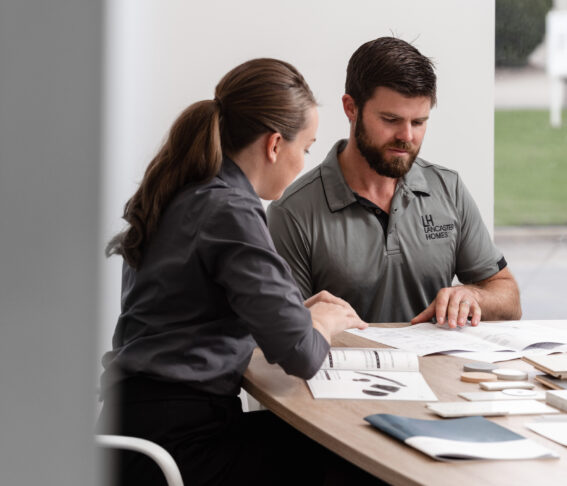Why Environmentally Smart Home Design Is No Longer Optional in NSW
If you’re planning to build a new home in New South Wales, there’s something important you need to know: sustainable design isn’t just a nice-to-have anymore—it’s a must. With the recent introduction of the 7-star minimum energy efficiency rating under the National Construction Code (NCC), green building practices have officially become standard. But beyond compliance, environmentally considered home design simply makes sense—financially, functionally, and for the future.
Whether you’re building your forever home or an investment property, designing with sustainability in mind will give you a home that is more comfortable to live in, significantly cheaper to run, and far more resilient in the face of changing energy and climate demands.
Let’s explore why sustainable home design is essential—and how you can make it work for your next build.



Smart for the Planet, Smarter for You
Sustainable homes are designed to work with the environment, not against it. That means leveraging natural resources—like sunlight, airflow, and rainwater—instead of constantly fighting them with mechanical heating, cooling, or excess water use.
A well-designed green home offers you:
-
Lower energy bills: Through passive solar design, insulation, and energy-efficient systems.
-
Greater thermal comfort: Stay cooler in summer and warmer in winter with less artificial intervention.
-
Improved air quality: Materials and ventilation systems reduce pollutants and allergens.
-
Resale appeal: Buyers are increasingly looking for homes that are cheaper to run and environmentally responsible.
-
Future readiness: Your home will meet or exceed evolving building standards for years to come.
7 In-Depth Strategies to Make Your Home More Sustainable
1. Prioritise Passive Solar Design
Passive solar design is all about capturing natural sunlight and controlling heat flow. In NSW, where seasons can swing from hot summers to cool winters, orientation matters immensely.
How to implement it:
-
North-facing windows allow maximum winter sun while avoiding harsh afternoon heat.
-
Thermal mass materials like concrete, brick, or stone absorb and slowly release heat, helping to regulate indoor temperatures.
-
Eaves and pergolas can block high summer sun while letting in low winter sun.
-
Deciduous trees provide seasonal shading—leafy in summer, bare in winter.
Pro tip: Design open-plan living areas on the northern side and position service areas (laundry, garage) on the south to buffer from cold winds.
2. Upgrade Your Insulation
Think of insulation as the invisible blanket wrapped around your home. The better the insulation, the less you’ll spend on heating and cooling.
Where to focus:
-
Roof/Ceiling insulation (e.g. R5.0–R6.0) keeps rising heat inside during winter and blocks external heat in summer.
-
Wall insulation (R2.5+) helps regulate temperature throughout the day.
-
Underfloor insulation is critical for homes on raised timber floors.
-
Thermal breaks between materials reduce heat bridging in steel frames or cladding systems.
Don’t forget: Seal all gaps and cracks in walls, ceilings, and around doors to stop air leaks and draughts. Products like weather strips, expanding foam, and caulking can make a big difference.
3. Choose Energy-Efficient Windows & Glazing
Windows are the biggest source of heat gain and loss in a home. But with the right choices, they can become your ally in energy savings.
Smart glazing options:
-
Double glazing traps a layer of air or gas between two panes, reducing heat transfer.
-
Low-E (low emissivity) glass reflects heat while still letting in light.
-
Tinted or spectrally selective glass can reduce UV rays and glare in sunny rooms.
Design considerations:
-
Smaller windows on the east and west to reduce harsh morning and afternoon sun.
-
Operable windows for cross-ventilation and natural cooling.
-
External shutters or louvres for flexible shading.
4. Install Energy-Efficient Systems
Energy-efficient appliances and systems help reduce your home’s carbon footprint and ongoing energy bills.
Key upgrades:
-
Solar photovoltaic (PV) panels generate your own electricity—consider battery storage to maximise self-use.
-
Solar hot water systems or heat pump water heaters use free energy from the sun or air.
-
LED lighting uses up to 80% less energy than incandescent bulbs.
-
Induction cooktops are faster and more efficient than gas.
-
Zoned reverse-cycle air conditioning lets you control temperatures room by room.
-
Smart home tech like energy monitoring and automated blinds optimise usage.
Incentive tip: NSW offers rebates for some solar and energy-saving installations—check out Energy Saver NSW for current offers.
5. Use Sustainable and Low-Impact Materials
Choosing materials with lower environmental impact helps reduce embodied carbon while creating a healthier home.
Options to consider:
-
Recycled bricks, reclaimed timber, and steel add character and reduce waste.
-
Bamboo or FSC-certified timber for flooring and cabinetry.
-
Low-VOC paints, adhesives, and sealants improve indoor air quality.
-
Cladding made from recycled materials such as weatherboard alternatives made from recycled plastic and wood fibre.
Local sourcing not only supports your regional economy but also cuts emissions from transport.
6. Design for Water Efficiency
Water is a precious resource in Australia, especially with unpredictable rainfall patterns.
Water-wise design tips:
-
Rainwater tanks connected to toilets, washing machines, and gardens can save thousands of litres each year.
-
Greywater recycling systems reuse shower and laundry water for irrigation.
-
Install WELS-rated tapware and appliances—aim for 4 stars and above.
-
Native landscaping with drought-tolerant plants like kangaroo paw, grevillea, and lomandra reduces the need for watering.
-
Use mulch and drip irrigation to retain soil moisture and minimise waste.
7. Think Long-Term with Smart, Flexible Design
Sustainable homes are designed to last—physically and functionally.
Future-proofing strategies:
-
Flexible floorplans that allow rooms to be adapted over time (e.g., home office now, nursery later).
-
Zoning to close off unused areas and minimise heating/cooling demand.
-
Covered outdoor living areas expand usable space without adding footprint.
-
Ventilation stacks, clerestory windows, and ceiling fans for low-energy cooling.
-
EV charging points for electric vehicles—even if you don’t use one now, you might soon.

Green Doesn’t Mean Expensive—It Means Smarter
The idea that sustainable homes cost more is outdated. In many cases, smart choices early in the design process save you thousands over the lifetime of your home. And with updated energy requirements now part of the NCC, you’re already part of the movement—why not embrace it fully and create a home that’s better for your lifestyle, your wallet, and the planet?
As a custom home builder in NSW, we work closely with clients to make sustainable choices that don’t sacrifice style or functionality. From site planning to finish selections, we guide you every step of the way.
If you’re ready to design a home that’s comfortable, cost-effective, and future-ready—get in touch. Sustainable living starts with smart design.
Check out our multi-award winning GreenSmart Valencia Drive home here
The benefits of hiring a company that offers both design and construction.
Design and construction are two critical components of any building project.
What are PC and PS items in a builders quote?
As you review a builder’s quote, you’ll likely come across two terms that can influence your budget significantly: Provisional Sums (PS) and Prime Cost (PC) Items.
Builders Quotes vs Estimates – What’s the Difference (and Why It Matters)
Ballpark figures, estimates and Builders quotes, how do they all fit together?



